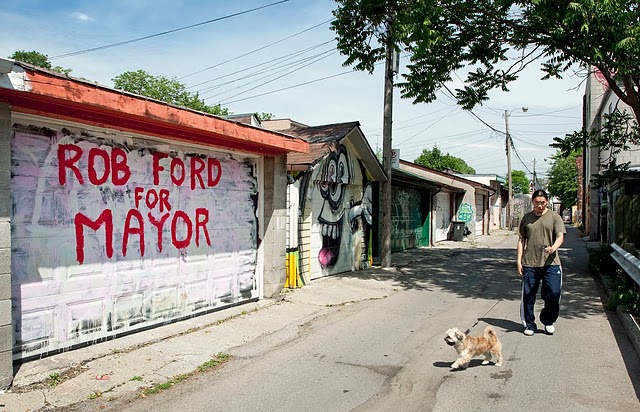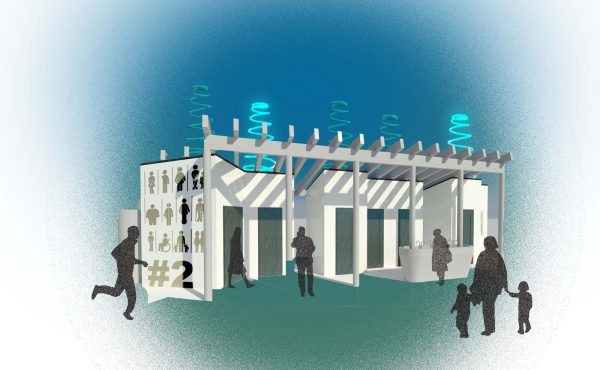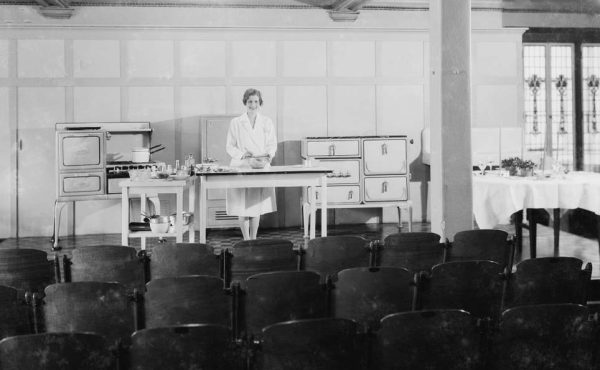
There’s been quite a bit of number-crunching of the results of Toronto’s municipal election in both the paper media (see Headlines below) and blogs, in part thanks to the “Open Toronto” open-data approach the City introduced recently. I can’t resist adding a bit to this discussion.
One thing that strikes me about the results is that Rob Ford received almost exactly the same number of votes as Mel Lastman did in the first amalgamated Toronto election in 1997 — one that was somewhat similar in featuring a suburban populist against a downtown progressive (Barbara Hall). There’s clearly a strong populist vote that can be mobilized in Toronto. I think it’s more complicated than simply some suburban-conservative voting bloc suggested by the maps of wards the candidates won or lost — after all, Ford got, by my rough count, around 85,000 votes in the 13 central Toronto wards won by Smitherman, which is close to his margin of victory.
Rather, I think a mayoral candidate needs to be able to tap into this populist vein to some extent in order to win — as David Miller (who like Smitherman faced another progressive candidate as well as a conservative opponent) was able to do to a lesser extent in 2003 with his broom symbol. Smitherman certainly tried to do so, but in the end could not compete with Ford on that score.
There’s also been discussion of the fact that, if you add Smitherman and Pantalone’s totals together, it comes to marginally more than Ford’s total (1,800 votes). But to say this means that “Pantalone elected Ford” assumes both that voters are one-dimensional, and that everyone who didn’t vote Ford shared a deep horror of him. Neither is true. In one of the most comprehensive late polls (PDF), 15% of Pantalone supporters said that Ford was their second choice — which would have been enough to put Ford over the top if voters had been able to make a second choice with ranked ballots. Another 31% were undecided, and in all likelihood many wouldn’t have made a second choice — either because they didn’t have a big problem with Ford, or because they had no sympathy for Smitherman either. (In fact, if there had been ranked ballots, Smitherman would probably have ended up with about as many votes as Barbara Hall did in 1997).
That doesn’t mean we shouldn’t have ranked ballots — quite the contrary.
If we had had ranked ballots, there wouldn’t have been all that unproductive fluster about strategic voting in the dying days of the election, and we wouldn’t have any reason to speculate after the election. There would be no questions about Ford’s mandate, but at the same time we would have a much more accurate sense of the size of that mandate. And there were many council races — nearly half — where the winner received far less than half the vote. In Ward 10, James Pasternak won with just over 19% of the vote. Even if he and others would still have won with a ranked ballot system, their mandate would have been much clearer.
Apparently Ford has said he’s in favour of the ranked ballot idea, so we can hope — and work towards — having it in place for the next municipal election.
Another interesting number-crunch is voter turnout. Many have noticed that the competitive mayoral race resulted in very high turnout for a municipal election. There’s a general assumption that the mayoral race has much more effect than local council races, but Patrick Cain’s map of electoral turnout by ward shows that local council races also have a very strong effect on voter turnout. Four wards had over 60% voter turnout, three of which featured strong (in two cases, successful) attempts to overturn an incumbent, and the other was a very competitive open race. By contrast, the only ward in the centre of Toronto with less than 50% turnout was the very large Ward 20, where Adam Vaughan faced weak opposition and won easily. The strong turnout for this election can be attributed not just to the mayoral race, but also the unusually large number of competitive council races.
photo by Denis Maricniak




5 comments
Wonder if we can go back to the 1 year terms for city council?
@ W.K.
You’ll need the province to change the law regarding municipal terms. Remember the last election when Dalton secretly changed it from 3 years to 4?
I’m glad someone overcame the fantasy that Pantalone and Smitherman were interchangeable. It’s been bothering me for weeks. Just because I don’t like Ford does not mean I like Smitherman more.
Perhaps, with a ranked ballot, we would have seen Rossi and Thomsom getting far more support and changing the face of the election. We can hope that future elections will be more about debating ideas than about proposing a steady stream of incoherent ones and putting down opponents.
If we had municipal parties it might reduce the propensity to elect populists as we have the last three times Toronto elected a new mayor.
I think it on the Daily Show last week where someone suggested the US should have permanent leaders like we do Federally and Provincially.
It would benefit both the US and Toronto by making elections campaigns shorter and longer. They would be longer because the potential leaders would be known well in advance of the election so they can build their profile, their on going performance can be reviewed by the electorate and candidates without depth can be exposed. The election campaign could then be shorter because the candidates would be well known at the start of the campaign.
There’s more than one way to elect a mayor. While it’s true that the mayoralty race took away attention from the more important councilor elections and that talk about negative (“strategic”) voting took up as much space as talk about issues, a better fix would be to have city council appoint the mayor.
We could have the mayor appointed from one of the council members while giving the council the ability to also appoint the committee chairs. This ensures that the major jobs are filled by people who enjoy the confidence of council.
Another option would be to select all of these positions by STV, which would mean they are filled proportionally according to the council’s makeup, so it wouldn’t be all one side or the other.
You’d still need a mechanism to translate the STV results into specific appointments, but that’s easy enough to do. One way would be to take first round STV support or share of the popular vote in the election and match that up to an ordered list of positions.
There are other reforms that could be tried instead. For example, there has been talk of electing an executive committee of at large councilors. If they were elected by STV, then they too would reflect the general will of the electorate. If they chose their own positions, then the mayor would have the confidence of the executive committee. Since only the executive committee would be eligible for the mayor’s job, there would be a real incentive to get enough qualified candidates to run a city-wide campaign.
There are options out there for really improving the way we elect our city government. It’s time we moved past the hysteria and quick fixes to look at building something that really works.